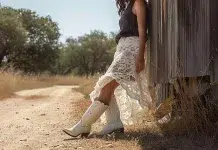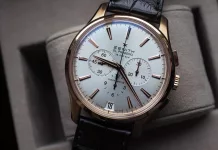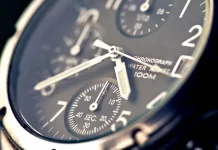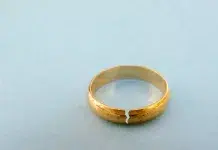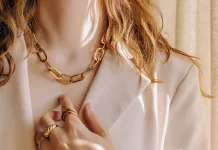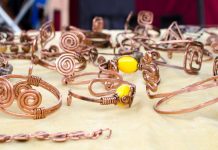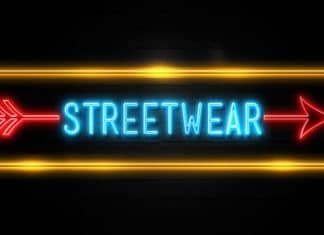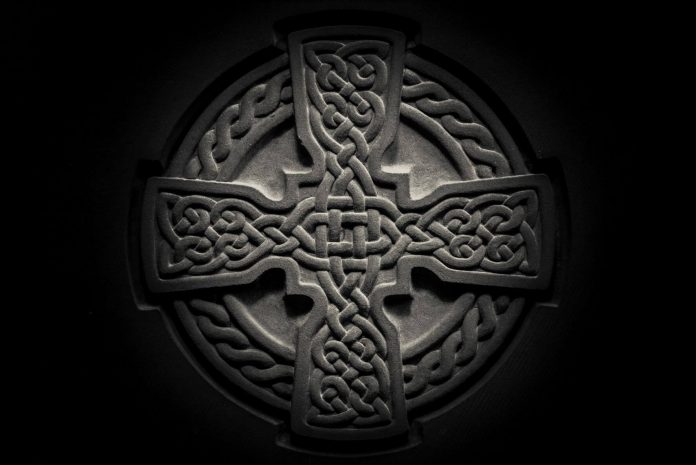
First Published: 25th August 2022, written by Ciaran Clarke | Last Updated on 2nd December 2022 | Reviewed and Edited by Chloe Safilo
Just like the interwoven links of the Celtic Knot, its cultural background and origins are just as connected. The influences of Celtic civilization date back hundreds of years before Christianity, particularly in folklore and art. This type of design lends itself mostly to jewellery, religious manuscripts, and monuments.
Celtic tribal symbols have been passed down generations and have become central to both Scottish and Irish identities. To learn more about the symbolism and traditions of the Celtic Knots, let’s take a look at the history of the British Isles and see if the Celtic Knot is Irish or Scottish.
Celtic Knot Early Origins
The origins of the word “Celt” refers to the population of the British Isles and Western Europe from 500 B.C. to 400 A.D. Considering the vast timeline and regional changes. It is no wonder why some of the Celtic symbols have become representatives of these countries.
The Celtic interlace knot is a design that pre-dates the Irish and Scottish identities as nations. Ireland, for example, has been home to various civilizations for thousands of years, so these symbols have become an integral part of history and culture.
As we have seen before, it is impossible to pinpoint the birth of the knots precisely. On the other hand, the birth of Celtic jewellery started during the Iron Ages in modern-day Scotland, inspired by Scandinavian mythology. For individuals of Welsh, Irish, and Scottish heritage, Celtic knots designs serve as a great point of cultural pride. Consequently, the most popular designs have attributed meanings to them within the last 150 years.
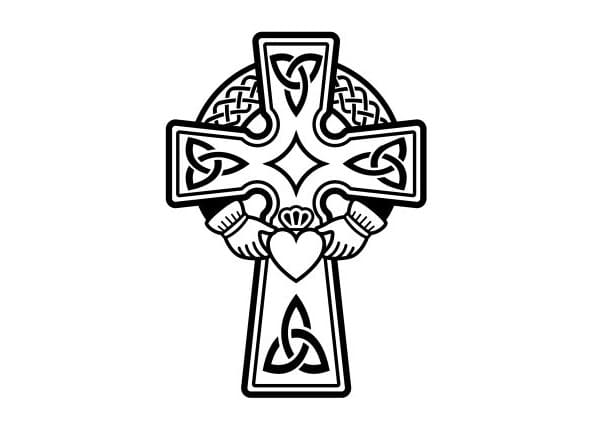
Christianity and the Celtic Knot
To understand the meaning behind the Celtic Knot, we need to look back in history. The popularization of the knot is first dated around 450 A.D. when Christianity started to spread through the Celtic civilization.
The birth of Christianity in the British Isles started in Ireland, where the first monasteries and theological centres were created. This could explain why most Celtic symbols are primarily associated with Irish culture nowadays. Many pagan symbols and designs have been adapted by monks and given a Christian meaning, hence their popularization throughout the region.
Of course, one of the most well-known Celtic designs is the Celtic Cross. On the territories of modern-day Ireland, legends say that Patrick combined the symbol of Christianity with the sun cross to show the pagans the importance of it.
Either by linking the Sun-God to Christ or by showing the latter’s supremacy, the legend of the Cross still carries through today. Other Celtic designs can be found in various Christian artwork and manuscripts, with symbols of plants, animals, and humans. Examples include the famous Trinity and Love Knot.
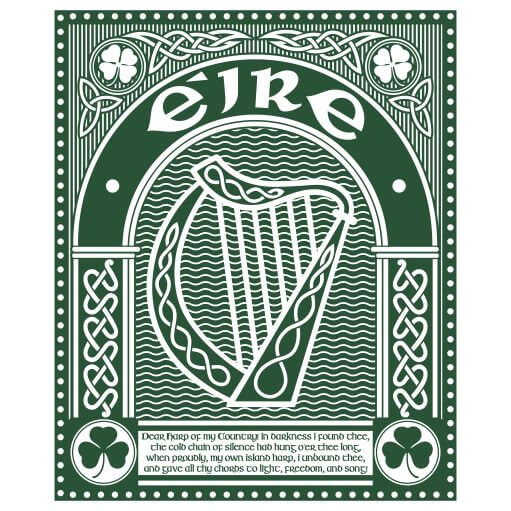
Celtic Knot: Irish or Scottish?
Maybe the greatest reason why we could classify it as more of an Irish symbol is its spread throughout pop culture. From movies about Vikings to the birth of the tribal tattoo, the Celtic Knot was a symbol of the Irish diaspora, especially in the USA.
Irish-Americans cherish their origins through the visual representations of Celtic design. There are even some neo-pagan communities that have adopted the designs as a way to return to the old gods of the Celts.
These designs carry thousands of years of history and culture through tattoos and jewellery, representing generations of people who have adapted their lifestyles to the new world.
From pagan symbols to Christian ones, from history to heritage, the Celtic Knot work is not just a cool design but a story that is ready to be told to the next generation about their true origins and honourable values.
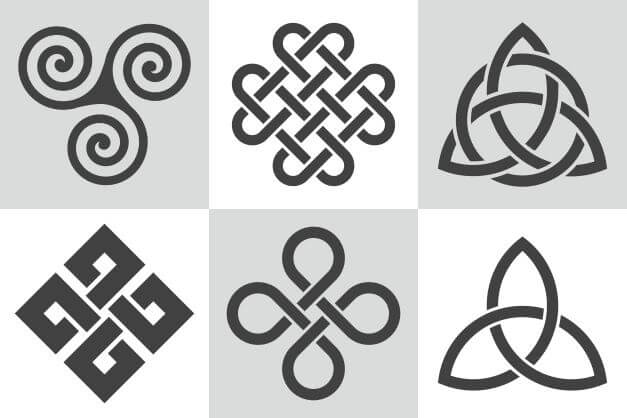
What does a Celtic Knot symbolise?
There are different styles of the ancient Celtic symbol, but they are all based on intertwined lines with no beginning or end; so an infinite looping pattern to symbolise eternal life.
Any interpretation to the Celtic knot meaning in modern age is guess work, with Christianity claiming the common triple theme is the Holy Trinity of Son, Father and the Holy Spirit, but of course early carvings pre-date St Patrick bringing Christianity to Ireland in 4th Century AD so they were pagan symbols.
That, plus the Christian religion being the ones to actually document anything (like the Book of Kells) gave them the opportunity to give their version.
Another common meaning associated is with the he three element theory of nature of water, fire and earth. But considering there is a forth in air, that’s perhaps not as logical as it sounds either.
My personal thoughts is it could easily be the 3 stages of life, death and rebirth (the past, the present and the future) which link into the infinity loop ideal. But I do buy into the Earth, sky and sea idea too.









